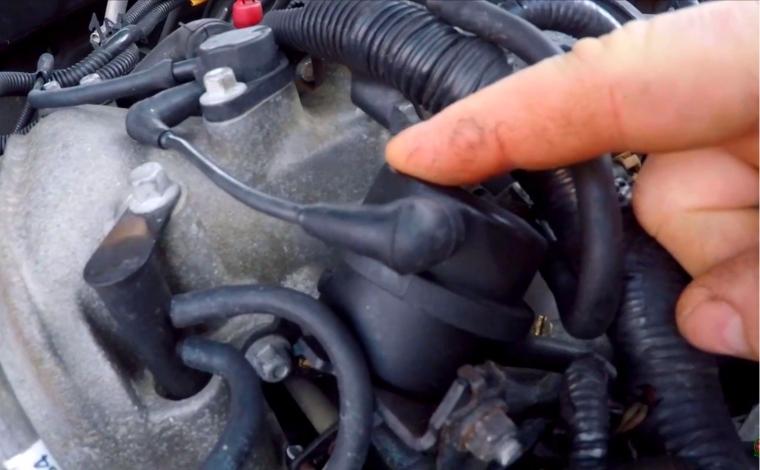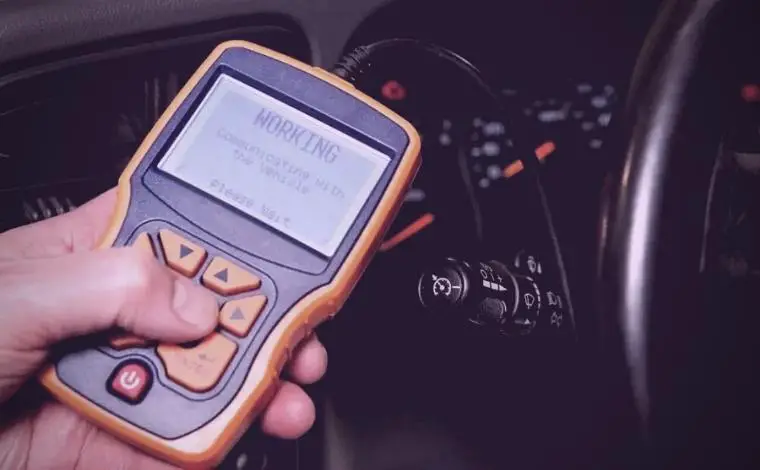Now you can’t take a day without using any vehicle. That’s why many people own a car. Just like that, you also have a car in your garage. The safety issue is the first concern for all car owners. An onboard diagnostic or OBD2 scanner came with every car to keep this in mind. This scanner shows you some code that has its meaning. As a car owner, I think you must know about the code and solve the problem as soon as possible. Just like that, the P0035 is a trouble code. When your car faces a crisis in turbocharger or Supercharger, Bypass Valve Control Circuit serious problem is a severe issue. Let’s talk about the details and how to solve this article’s problem.
What is the meaning of the code P0035?
The generic code P0035 is a problem code for Turbocharger or Supercharger Bypass Valve Control Circuit High. It’s essential to know that each manufacturer has a different definition of this trouble code, and it also applies in their particular system. This code generally shows any problem with the bypass system for the supercharger or turbocharger to relieve pressure entirely or partially, depending on the system’s design. So for this code, the boost pressure is too high for proper operation with power.
What is the reason behind the trouble code P0035?
There are several reasons behind the diagnostic trouble code P0035. They are:
- ECM or engine control module indicating a boosting level of sensor input voltage signals. It’s more than 14 psi specified by the manufacturer, which will be why a code is stored with that malfunction indicator lamp illuminated. The ECM recognizes this data when the inability to control boost levels effectively.
- When the boos are more than 14 psi, this can indicate that pressure is not being sent into the bypass valve, and it should be to relieve stress.
- The bypass valve has stuck shut or is not working correctly.
What is the symptom of this trouble code P0035?
The typical symptom of the trouble P0035 is given below:
- The bypass valve control circuit has a short or high current circuit that the ECM detects.
- But the ECM cannot control the bypass valve for the turbo or supercharger.
- The power loss problem also faces the engine,
- Once the ECM detects the high current condition, the check engine light will come on.
How to Diagnose the trouble code P0035?
There are some simple steps any mechanic takes to find the problem P0035. Those are:
- At first, verify the trouble code with the OBD2 scanner, reset the code from memory and take the vehicle for a drive. This step is used to determine if the code pops up again or not.
- A boost pressure gauge test also needs to determine if the boost pressure remains in the manufacturer’s recommended range. It also depends on the manufacturer.
- If the pressure is low, inception is needed in the bypass valve, and a pressure test must be done. Some bypass valves are spring operated with others. It is mainly found in the Asian modes, diaphragm used with an electric sensor and control system.
Some mistakes you made when finding the trouble code P0035:
Sometimes technicians also cause this type of mistake. that’s why I suggest you remind this carefully:
- sometimes this code is related to not following test procedures and assuming some essential components are usually working. Most often, many people make this mistake.
- Sometimes a pressure sensor on the intake with a fault value indicated high pressure to the ECM.
- People often change the bypass valve or turbocharger unless it’s working fine.
How to fix the issue with the P0035 code?
The primary step to solve the issue with P0035 is given below:
- First, reset the code from memory and restart the system. After that, perform a test drive. Then check if the code pops up again or not. If you get the code again, then go to the next step.
- Perform a pressure test on the intake system between the intake throttle valve and turbocharger. This will help you to verify the pressure is too high as specified by the manufacturer.
- If you notice the pressure is too high, check the bypass valve to determine if this is slightly or closed, allowing boost pressure to build excessively. This also requires changing the bypass valve or the actuator with the diaphragm.
- After checking, if you get the normal pressure given by the manufacturer, the problem is associated with the pressure sensor.
If you had the code before, it’s generally related to the bypass valve or wastegate stuck. If this is a spring-loaded type, exhaust debris attaches to the valve, so it can’t easily open when the pressure is high beyond the maximum boost. But if it is the diaphragm, type. So failed, the diaphragm on the pressure-operated servo can be replaced separately from the turbo charge unit.
So that this problem is not generally with the turbocharger itself, sometimes new car emission systems recycle heavy carbon and oil mist from the crankcase directly into the intake, and some bypass valves get clogged, similar to modern intake manifolds.
Is it mandatory to clear OBD error code P0035?
The problem is related to the supercharger, so it needs immediate attention to solve after diagnosis. You can drive the vehicle with this problem, but any serious accident can occur to the engine in the future. And if it gets too much pressure also causes high engine damage due to a too lean fuel mixture. Primarily you can remove the code from memory and restart the whole system, and then the vehicle will operate normally.
Final Outline:
This turbocharger problem is a massive problem for your vehicle. Many vehicles come with mileage over 100,000 and have monetary sensor problems on the drive train when starting up or in prolonged stressful situations. If you notice the engine light coming on and the car usually works, the OBD2 scanner system can be reset using the scanner, and the problem may not be found again. For this reason, it’s essential to verify the issue and restart the whole system before doing a replacement or repair.
Meet our professional car mechanic, Russell D. Steele, who has been in this field for five consecutive years and works with several automotive companies. He completed the "AUTOMOTIVE & LIGHT DUTY DIESEL TECHNOLOGY" course from NorthWest Lowa Community College, where he learned essential diagnostic and transportation management skills and became a certified mechanic.
Summary of Contents

